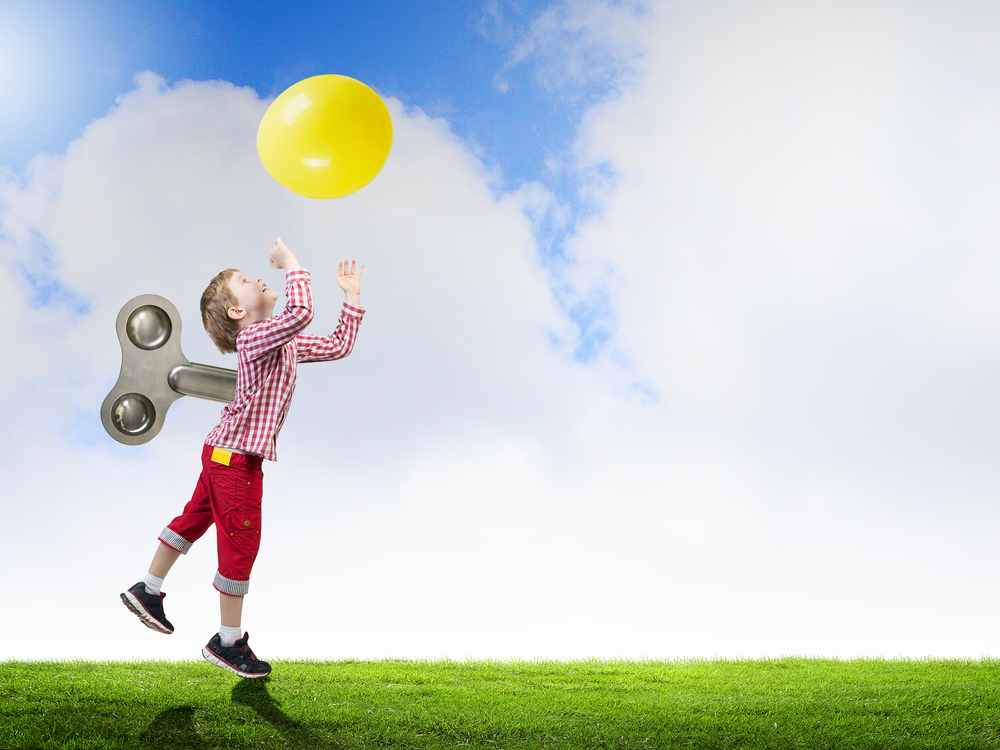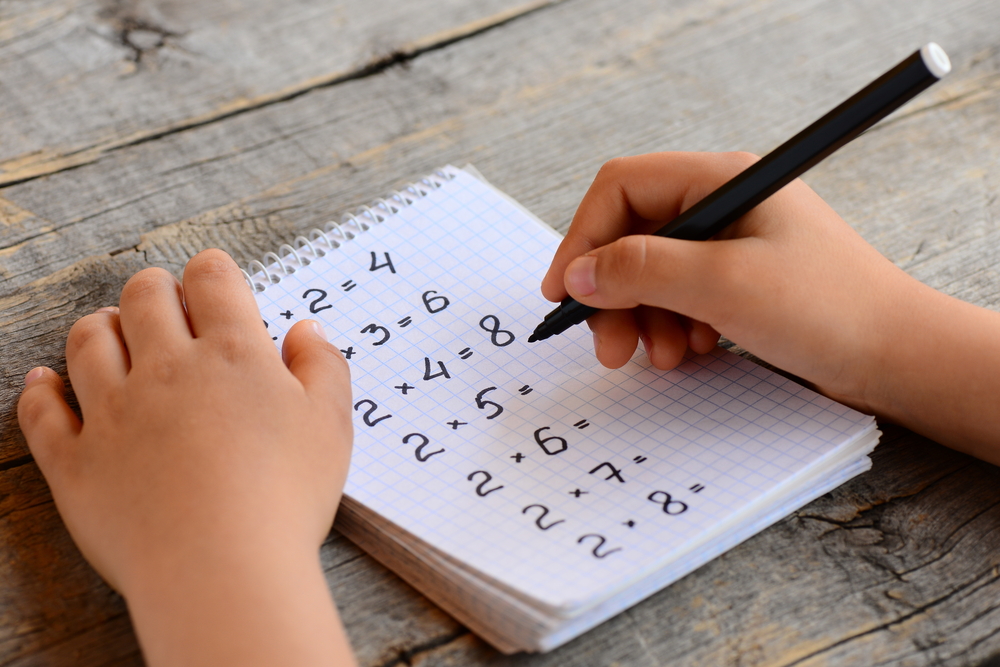Recognize shapes Addition Worksheets for Ages 5-9
9 filtered results
-
From - To
Enhance your child’s math skills with our "Recognize Shapes Addition Worksheets" designed for ages 5-9! These engaging resources combine shape recognition with addition practice, promoting essential math abilities while making learning fun. Each worksheet features vibrant visuals and age-appropriate problems that help students understand the connection between shapes and numbers. From basic addition to more complex problems, our worksheets cater to varying skill levels. Perfect for home, classroom use, or supplementary learning, these worksheets will support your child’s cognitive development and boost their confidence in math. Jumpstart your child’s learning journey today with our interactive, shape-focused addition materials!
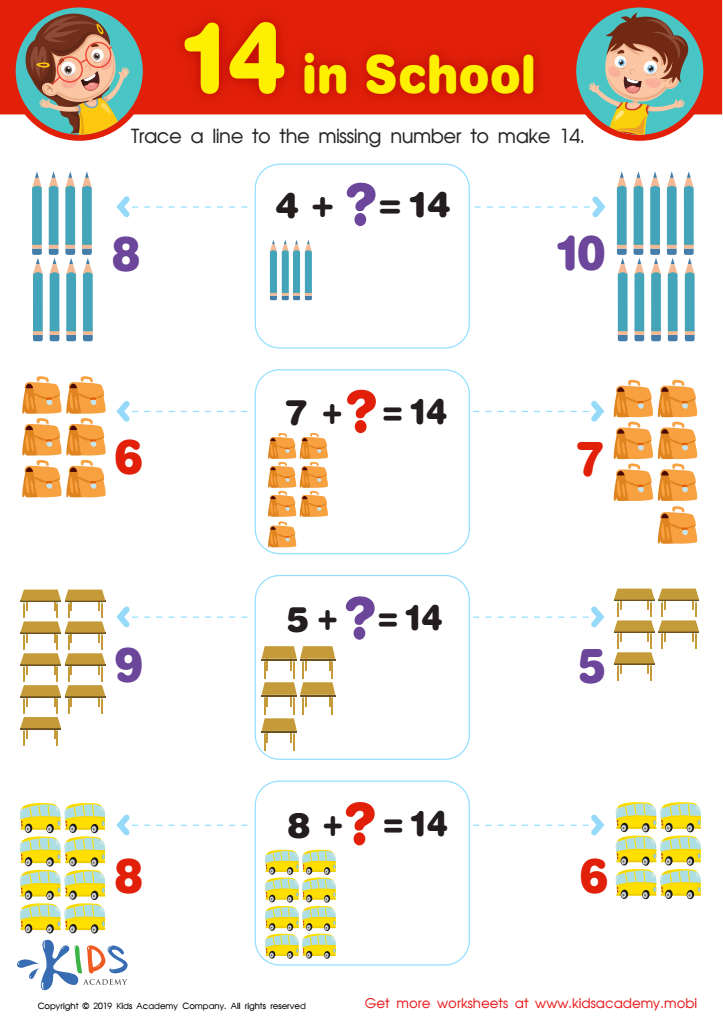

14 in School Worksheet
Recognizing shapes and performing addition are foundational skills in early childhood education that significantly influence a child's cognitive development. For parents and teachers, understanding the importance of these concepts is vital for fostering a holistic learning environment.
First, recognizing shapes helps children develop spatial awareness and observational skills, enabling them to understand the world around them. Identifying geometric shapes is linked to predicting outcomes, forming patterns, and developing critical thinking abilities. Integrating shape recognition with activities like drawing and crafts makes learning engaging and hands-on, solidifying their learning experiences.
Secondly, addition introduces young learners to the world of numbers and basic mathematical concepts. Mastering addition enhances problem-solving abilities, boosts confidence, and lays the groundwork for future mathematical skills. It supports cognitive development by encouraging children to analyze and manipulate numbers, fostering logical reasoning.
Incorporating shape recognition with addition can yield even greater educational benefits. For example, using shapes in word problems makes math relatable and fun. By emphasizing these intertwined skills, parents and teachers promote a comprehensive learning path that builds a strong foundation for lifelong learning. Overall, caring about these skills equips children with essential tools to thrive academically and socially.
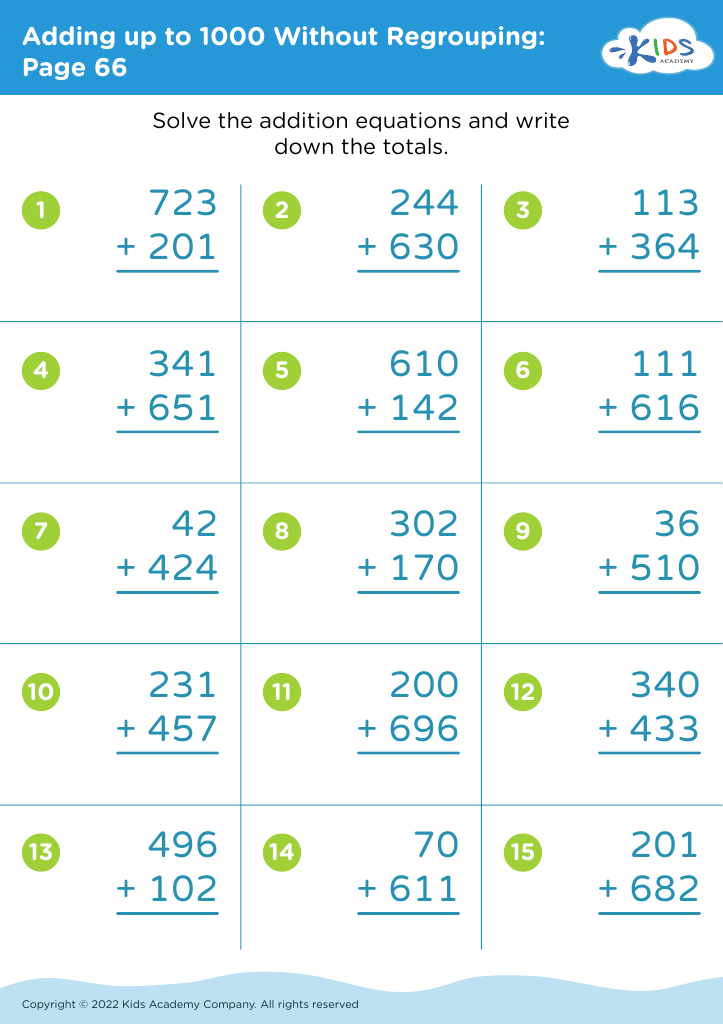
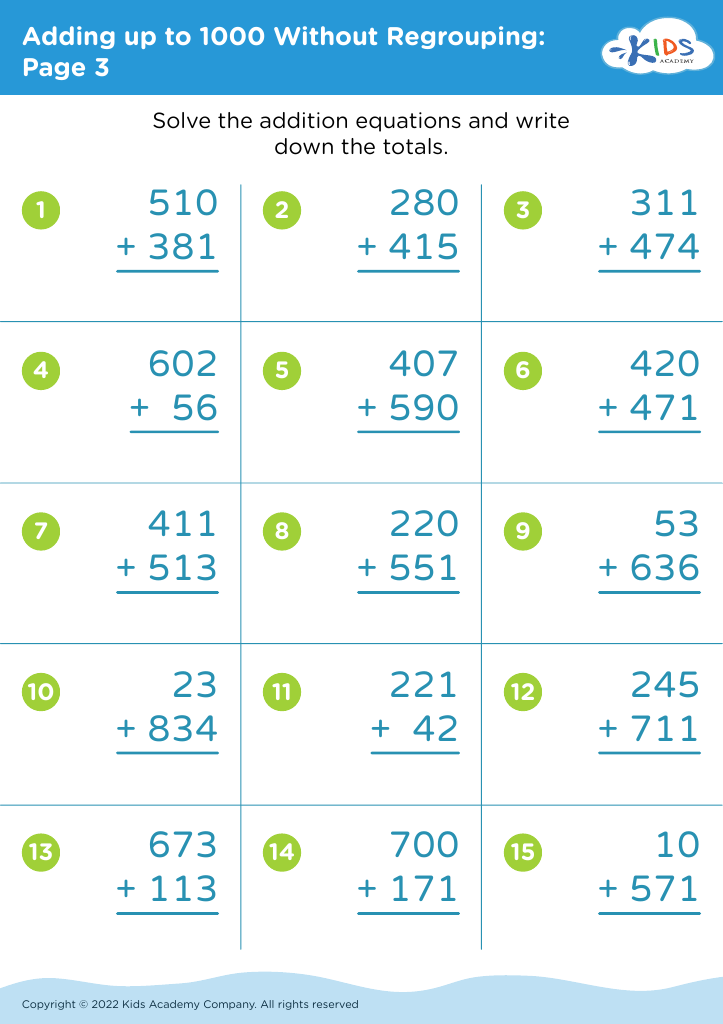
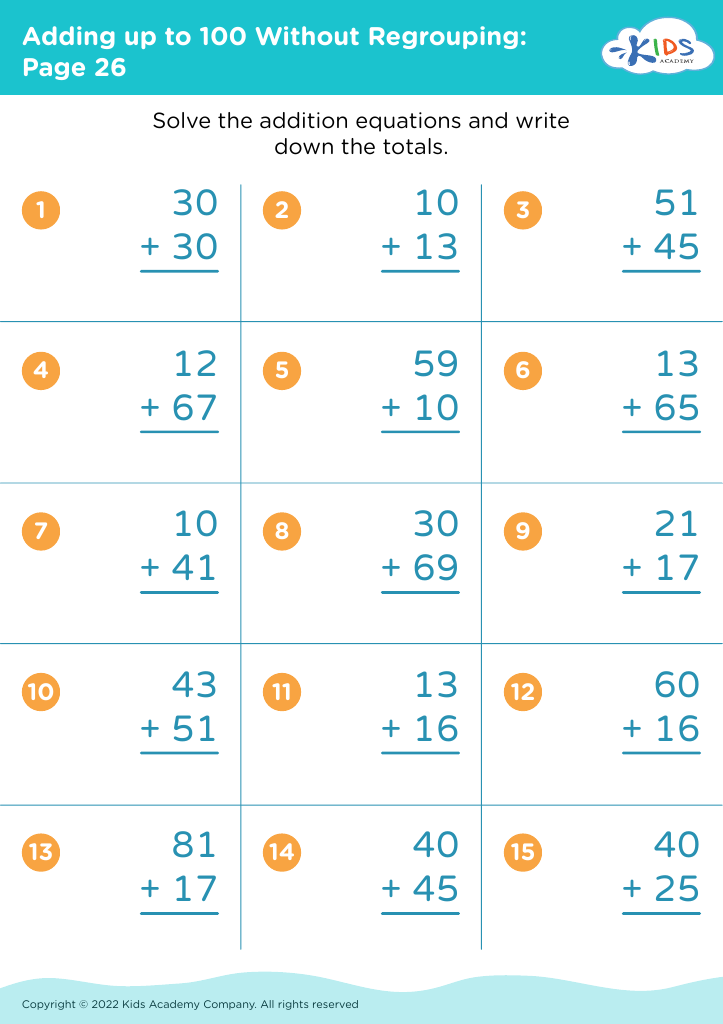
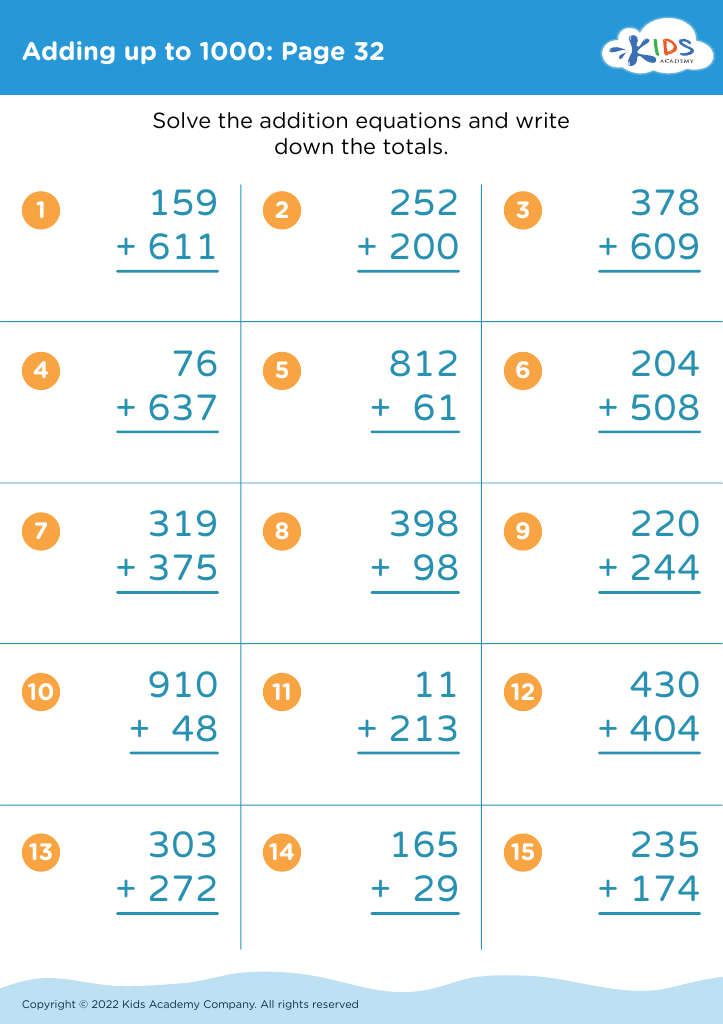
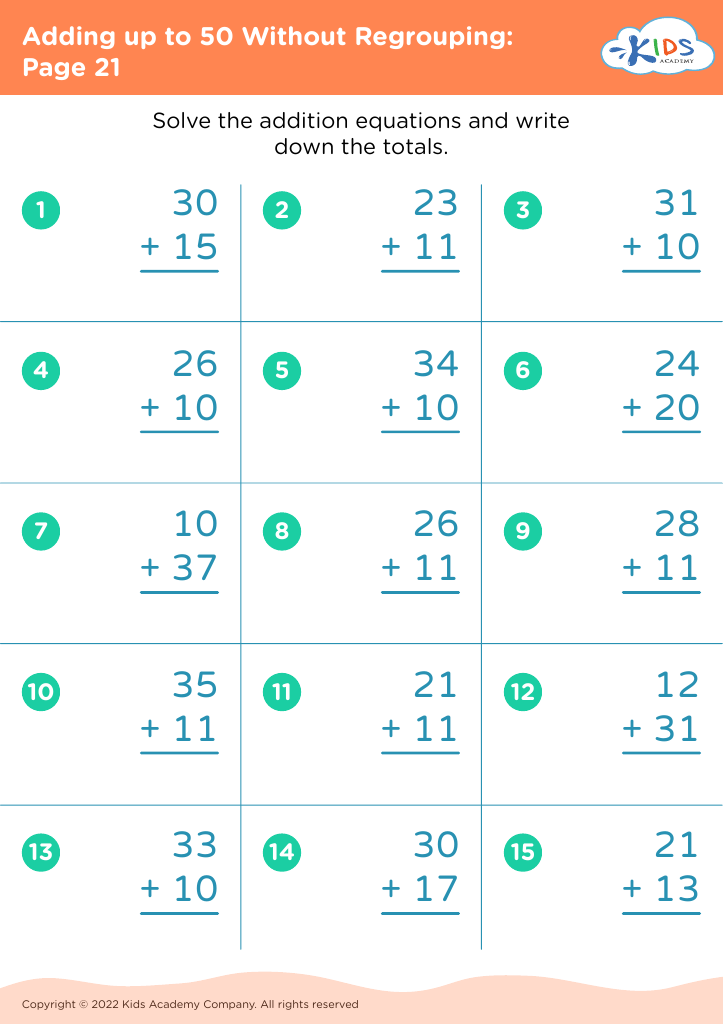


 Assign to My Students
Assign to My Students





